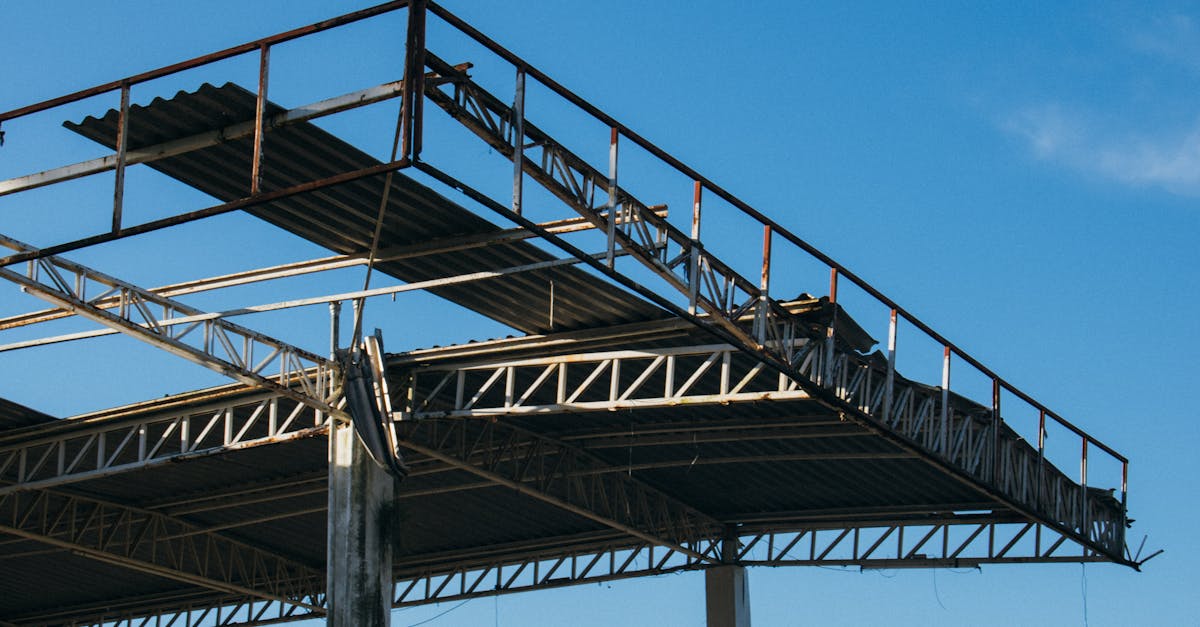Tile For Aluminum Roofing Replacement Sydney

Table Of Contents
Tile For Aluminum Roofing Replacement Sydney
In the vibrant and diverse landscape of roofing options available in Sydney, homeowners often find themselves searching for the best materials to suit their needs. As trends evolve, tile and ceramic roofing surfaces have gained popularity, offering aesthetically pleasing and durable solutions. However, with a plethora of choices, it’s crucial to understand How To Choose A Roof Sydney effectively. This choice not only impacts the overall look of your home but also its longevity and resistance to the unique weather conditions characteristic of New South Wales.
When considering roofing materials, many residents in Australia are increasingly turning to metal and aluminum alternatives for their robustness and efficiency. As you navigate through these decisions, having a solid grasp of how to choose a roof sydney can simplify the process immensely. From assessing the climate suitability of specific materials to evaluating cost-effectiveness and maintenance requirements, this guide aims to inform and empower homeowners making choices for their roofing replacement or substitution projects.
Advantages of Changing to Ceramic Roofs to Steel
Changing to tile roofing to metal offers several advantages for homeowners. One benefit is longevity. Steel roofing are recognized for their ability to withstand harsh weather conditions, like heavy rain, snow, and strong winds. This strength translates into a longer lifespan compared to traditional tile options. Furthermore, metal roofs are less heavy, making installation easier and more cost-effective for homeowners.
A further pro of changing to metal roofing is the efficiency of energy use. Steel roofs reflect sunlight, which can help lower cooling costs during hot summers. Such reflective properties also add to lower energy bills, and they also encourage a more comfortable indoor environment. Additionally, many aluminum roofing options are designed to be environmentally friendly, creating a more eco-conscious choice for homeowners looking to improve their home's sustainability.
Importance of Upgrading to Steel Roofing for Sydney Area
Upgrading to metal roofing represents the significant decision for residents in Sydney. The form of roofing provides improved durability against severe weather conditions, which is important in this climate. Additionally, metal roofs require minimal maintenance, keeping homeowners time and money during the years.
An additional advantage of transitioning to metal roofing is its ability to save energy. Steel roofs reflect heat effectively, which can assist in lowering cooling costs during the hot summer months in Sydney. Moreover, these roofs are environmentally friendly, often made from recycled materials and being fully recyclable at the end of their lifespan. This combination of benefits makes this decision to change to metal roofing a smart investment for residents in the area.
Typical Problems When Switching Slate Roofs to Aluminum
Switching slate roofs to steel can pose several issues for homeowners. One challenge involves the load difference between slate and steel materials. Tile roofs are generally heavier, which may require adjustments to the existing roof structure to ensure the roof can support the new material. Additionally, the transition from a roofing type to the other often requires compliance with local building codes, which can add complexity to the project.
A further common issue involves the potential for leaks or gaps during the installation process. Steel roofs require precise fitting and sealing to prevent water infiltration, which can lead to problems down the line. Inadequate installation techniques may not only compromise the roof's integrity but also lead to higher maintenance costs. In addition, the shift in roofing style may also affect the home’s overall aesthetic, prompting residents to reassess their choices carefully before proceeding.
How to Address Problems of Roof Replacement
Replacing a metal roofing instead of a ceramic roof can present various issues. An initial concern is the stability of the existing framework. Before the installation, it is essential to assess the condition of the underlying structure. Any weaknesses in the frame can lead to difficulties during the replacement process. Conducting necessary reinforcements can ensure a seamless transition to the new roofing material.
Another issue that may arise is in regard to the adaptation of the roof's design. Metallic roofs can differ greatly in appearance compared to ceramic roofs. Homeowners should consider how the new roof will integrate with the overall design of their home. Careful planning and consultation with roofing professionals can help in selecting a style that complements the existing structure. Such steps can significantly enhance both the performance and appearance of the home.
Understanding Installation Process for Tile to Steel Roofing Replacement
Switching your ceramic roof for metal is one important renovation project. This installation process involves careful planning along with the suitable materials. To start, the existing roof must be carefully removed, which guarantees the solid foundation for the new metal roof.
Next, the installation of the fresh metal roof can start. Such process involves laying each metal panels across the prepared system. Accurate sealing and fastening are essential to ensure water resistance and longevity. Ultimately, the final inspection takes place crucial to confirm all aspects remain fitted accurately.
Detailed Overview of Roof Replacement Fitting
Replacing your ceramic roof to a metal roof might look challenging at first. Nonetheless, through a detailed overview, the process turns more. Initially, it is critical to evaluate the existing tile roof for any damage or defects. Next, carefully remove the tiles while confirming the underlying structure remains unharmed.
When the tiles are removed, placing the metal roofing requires proper preparation of the decking. This step involves placing a moisture barrier to safeguard the roof from water damage. Following, the metal panels can be fastened to the roof structure with the appropriate fasteners. Finally, it is imperative to ensure all seams are sealed properly to prevent leaks. Finishing the project involves a thorough inspection to ensure everything is installed correctly.